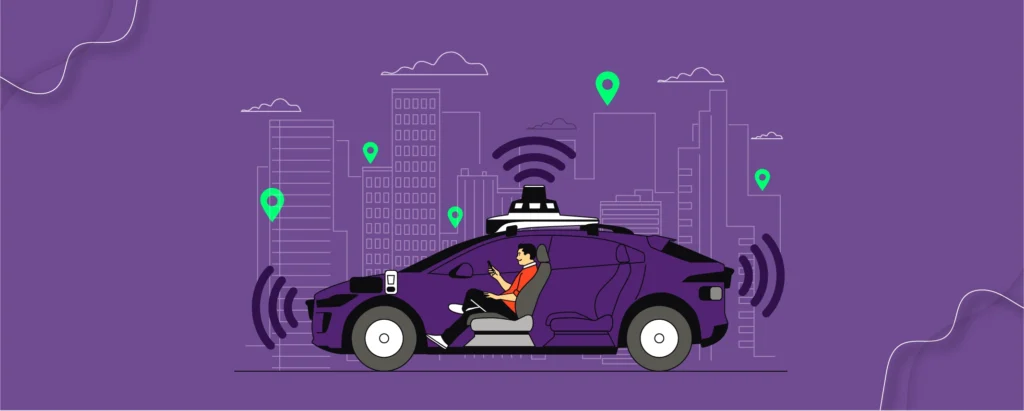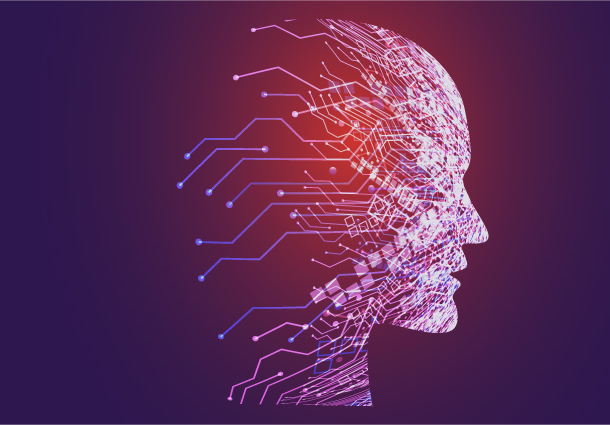Introducing the Marvelous World of Deep Learning in Curving Autonomous Vehicles
With the current evolution in the market sector, the birth of deep learning constantly strives to evolve across various industry sectors. One of the major industries we are going to look into in this blog is the autonomous vehicle sector. Of course, gone are the days when people would get frustrated and cranky with long commutes, the stress of driving and horning regularly to escape from the traffic. Now, with the significant creation of autonomous vehicles, it requires driver assistance technologies and unconditionally removes the need for human operators. So does it run automatically and what are the advancing technologies that are behind the scenes, these are some typical questions that must be stirring in your head right now. Well, the answer is Deep Learning!
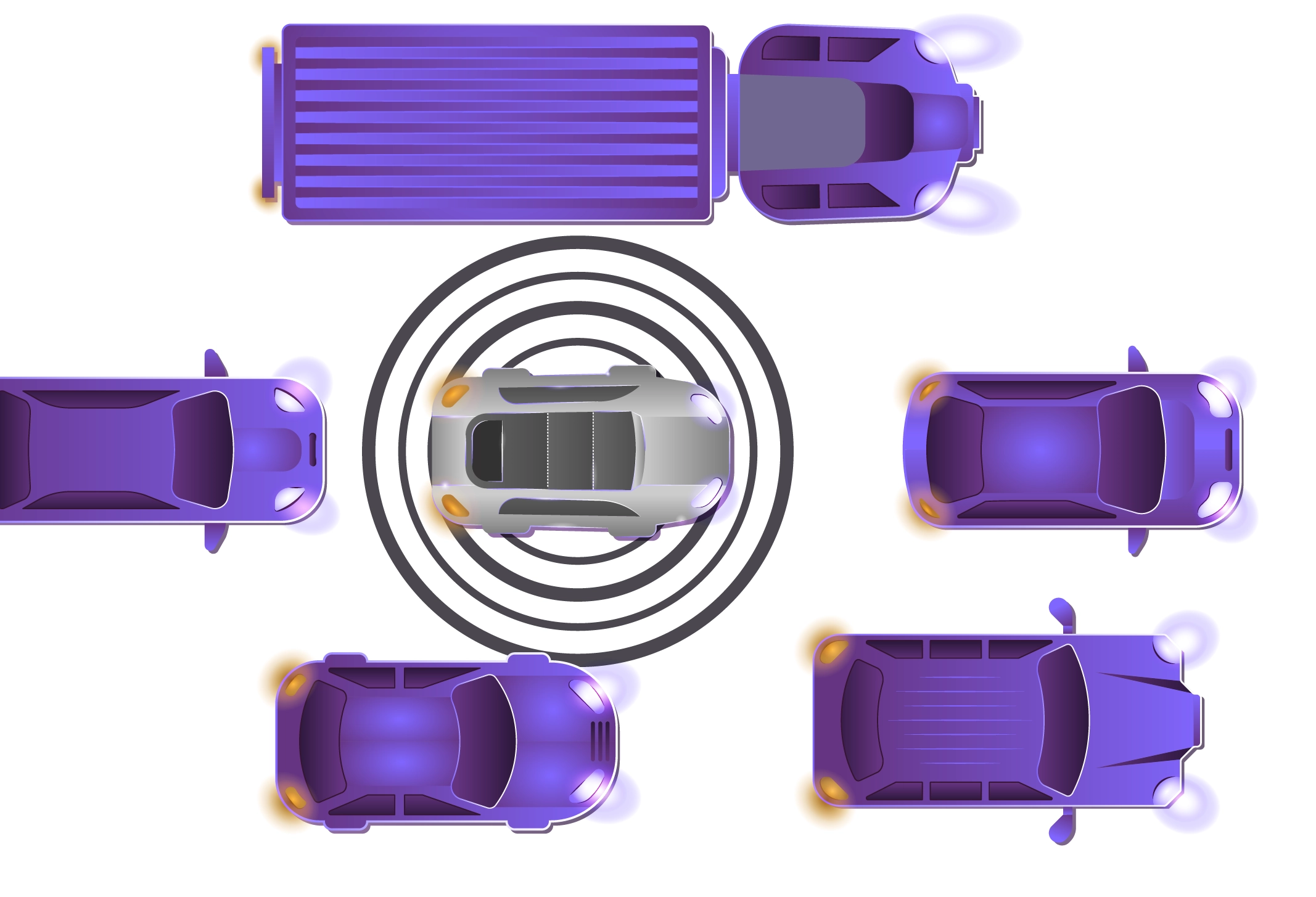
Indeed! It plays a majorly significant role in advancing autonomous vehicle technology that makes promises of revolutionizing transportation by offering a plethora of advantages such as making real-time decisions, allowing vehicles to perceive their surroundings, and navigating complex orbits. Deep learning in autonomous driving uses data from several sensors like cameras, LiDAR detections, radar detection, and sensor fusion to precisely detect objects like traffic signs, road signs as well as pedestrian walking. In this blog, we will stroll through the role of deep learning in autonomous driving. We will also closely glance at current trends of deep learning in the autonomous sector.
Additionally, we will further explore the four pillars of autonomous driving in deep learning, the pillars are perception, localization, planning, and control which we will see in this blog, and also its subunit segments. Also, we will be deeply connecting with some future insights and some real-time examples of some companies that use deep learning for autonomous driving. So why wait any further, let’s dive into this interesting topic to know more!
Rekindling the Synopsis of Deep Learning Autonomous Driving
As we all are aware, deep learning is a subunit of machine learning that is based on artificial neural networks and uses these networks to solve all the sophisticated problems. Deep learning has positively impacted several industries and one of the industries we are going to zoom into is the autonomous driving industry. Deep learning has majorly revolutionized the sector of autonomous driving by providing complex tools for real-time decision-making, perception, image detection, and so on. Okay, a secret here! With deep learning now cars can easily stroll the streets with precision, knowing exactly when to brake and when to keep moving! In autonomous driving systems, deep learning algorithms play a very significant role in gathering and collecting the vehicle’s surroundings via sensors like cameras, LiDAR, ultrasonic sensors, and so on.
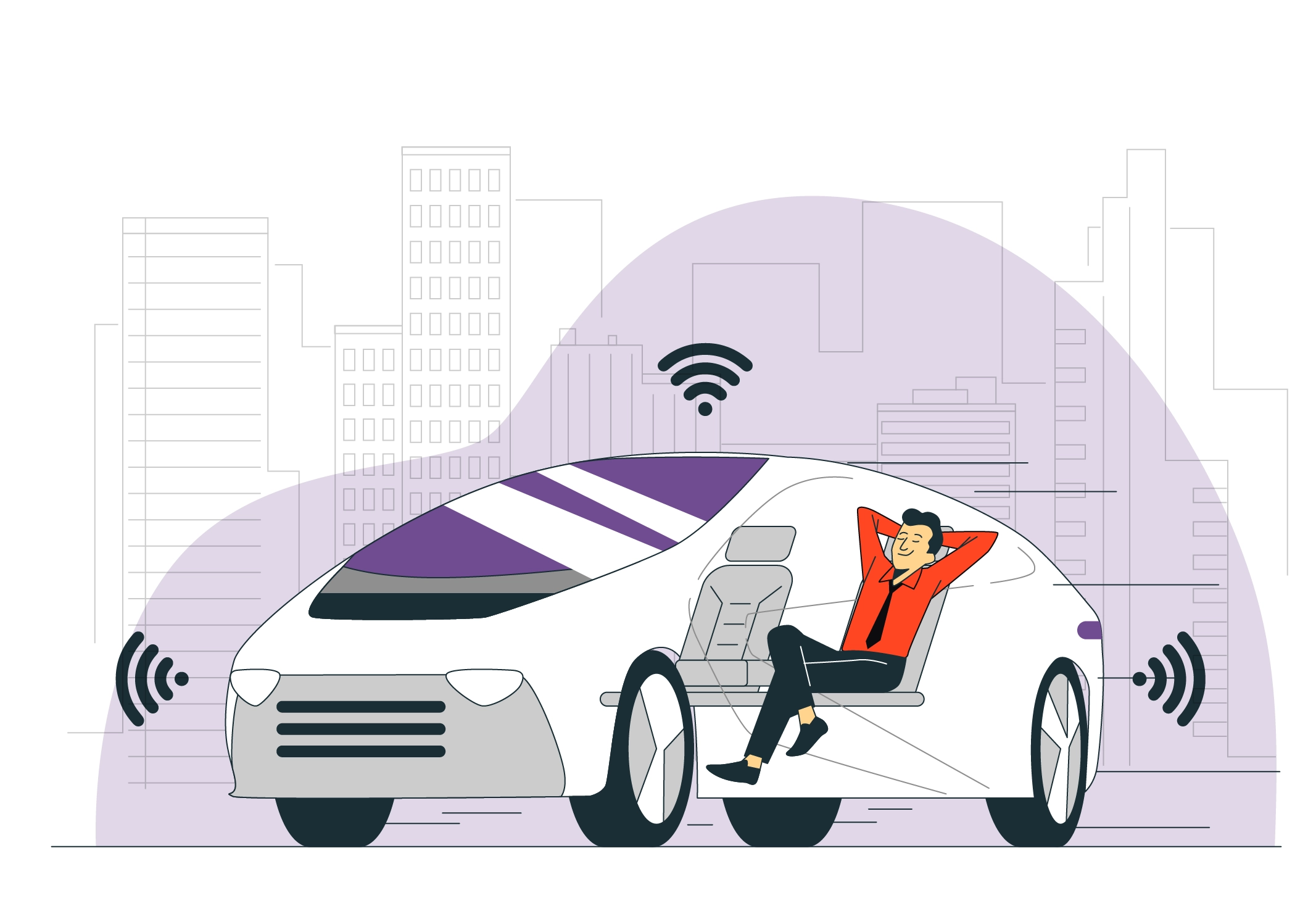
But how do autonomous cars work? They completely rely on sensors, deep learning algorithms, actuators, and dynamic processors to execute software easily. Also, deep learning models in autonomous cars collect data from different sensors to create a constructive understanding of the environment and provide a vehicle with precision insights about the traffic lights, vehicles, and road signs. Another interesting fact about deep learning is that the first self-autonomous car that used deep learning was created in 1989 and is called ALVINN. But over many decades with the rise of new technologies, autonomous driving has been progressively improved throughout time. From mapping and localization factors to path planning and decision-making, deep learning has been a game changer in the era of the autonomous driving industry. Examples of a company that uses deep learning are Tesla and Audi, which we will be further discussing deeply in this blog.
Revealing the Hidden Four Pillars of Deep Learning in Autonomous Driving
Just like how a bee buzzes, autonomous vehicles have been buzzing around in recent years. With the integration of deep learning for autonomous driving, it has taken over a major subunit and has been significantly used in 4 segments of autonomous driving, that is perception, localization, planning, and control. When we circulate perception, it refers to the process of how any individual interprets and understands sensory information from their environment. And when it comes to autonomous driving in perception it refers to the vehicle’s capability to sense and understand its environments. Perception uses 3 sensors they are; camera, LiDAR, and RADAR. With the camera, the perception system identifies the vehicle’s environment like a car, pedestrian, traffic lights, etc.
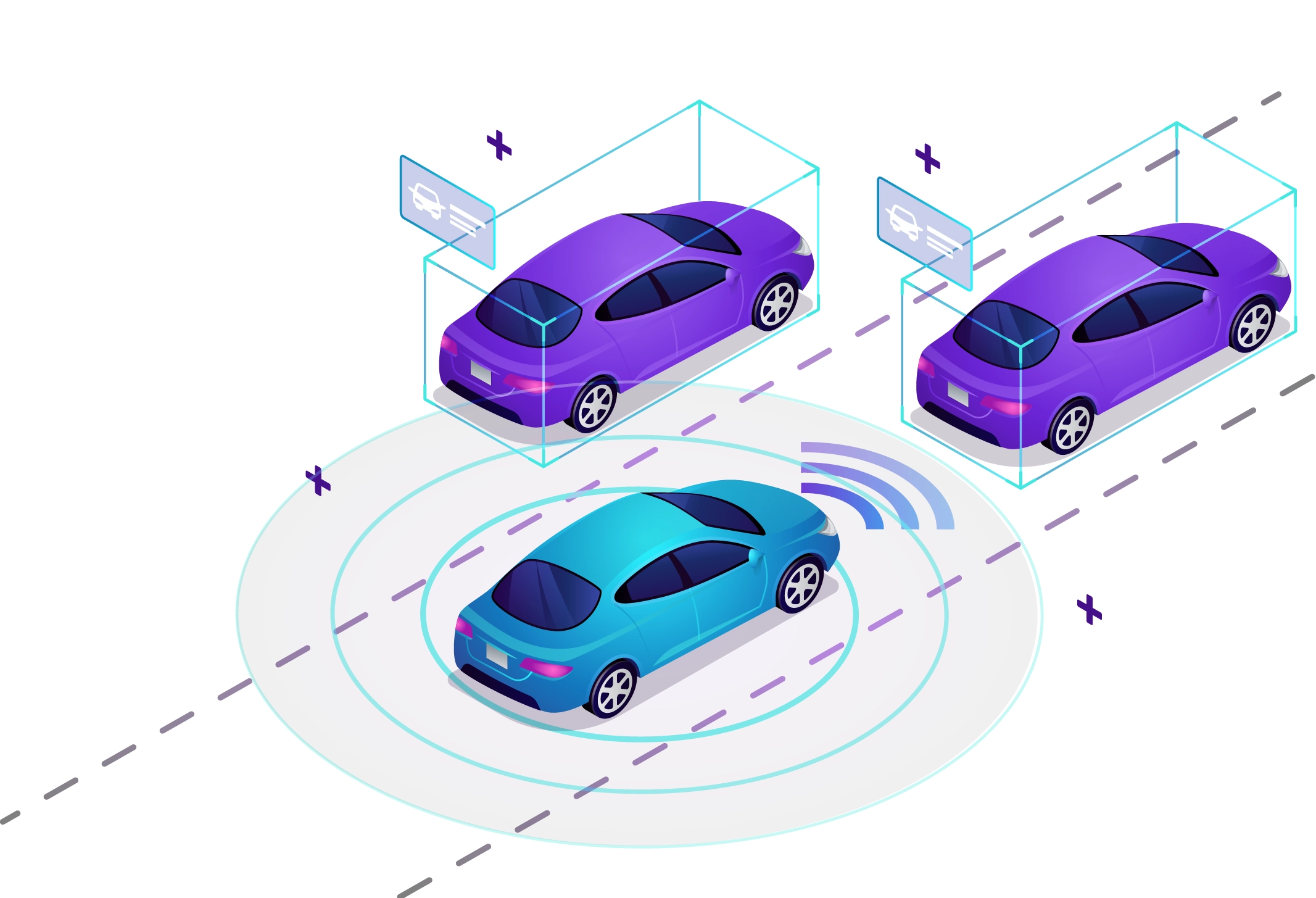
LiDAR or light detection and ranging offers comprehensive 3D point data about the vehicle’s surroundings including the shape, sizes, and distance of the objects. RADAR, on the other hand, is known to be a very mature sensor among other fellow begins. It helps in detecting distant objects and analyzing the vehicle’s surroundings at higher speeds. Moving on with the other segment is localization, which is somewhat similar to the context of simultaneous localization and mapping (SLAM). Deep learning autonomous driving integrates localization by fusing data from multiple sensors which includes GPS. Also, it helps in adapting localization solutions for safe navigation purposes.
The third segment is planning which acts like a brain for every autonomous vehicle. Deep learning in planning is generalized into 3 compartments, high-level or global planning, behavioral planning, and path/local planning. High-level or Global planning programs the route from A to B, whereas behavioral planning analyzes the prediction and decision making, and the last path planning is embedded in the autonomous vehicle for avoiding obstacles. The last segment, which is the control allows an autonomous vehicle to follow the selected path or trajectory to make the vehicle reach the destination from point A to point B.
Sprinkling Tomorrow’s Scope of Deep Learning for Autonomous Vehicles
Deep learning has significantly played its role in autonomous driving technology and will thrive to do so in the upcoming years. With better perception, deep learning algorithms will be further used to improve autonomous cars’ ability to understand their environment by improving their ability to recognize and classify them like other pedestrians, traffic, etc. Moreover, using deep learning algorithms helps autonomous vehicles to evaluate and forecast traffic patterns, and significantly adapt to the changing road conditions as well. Also, over time autonomous vehicles can learn more about the driving experiences and develop their overall performance with the help of deep reinforcement learning techniques.
Additionally, by improvising the interface between autonomous vehicles and passengers, NLP also known as natural language processing methodology will enable more intuitive and smooth communication. Besides, deep learning will play a vital role in improving human-machine interaction in autonomous vehicles, which will enable natural language understanding, gesture recognition, and personalized user experiences that will be crafted according to the preferences and needs of passengers.
Also, deep learning for autonomous driving allows vehicles to make more apt decisions which are mainly based on real-time data and simulations to improve the safety and reliability of autonomous driving vehicles. Deep learning may be used to optimize the operation of fleets of autonomous vehicles, allowing them to use resources more effectively and cut expenses associated with transportation. Therefore, it is anticipated that deep learning will play a crucial part in the advancement of autonomous driving technology, enhancing the performance, dependability, and safety of autonomous vehicles on the road.
Exemplifying the Implementation of Autonomous Driving Vehicles Used by Companies
One of the major examples of a few companies that use deep learning is Tesla. Tesla’s vehicles use deep learning models to be compatible with advanced driver assistance systems that can perform well with self-driving functions that include self-parking, navigating on the roads, etc.
Another company that uses this model is AUDI. Audi has integrated a traffic jam assist feature to navigate the drivers in heavy traffic by taking over steering, acceleration, and braking. Companies like GM’s Cruise Automation division utilize deep learning for perception, sensor fusion, and decision-making that intends to create a scalable autonomous vehicle system.
Waymo is another autonomous driving company that extensively uses deep learning for perception decision-making and control in its self-driving vehicles. They have also used deep neural networks for object detection, mapping, and predicting the behavior of other road users.
The denouement of the Glance of Deep Learning for Automation Driving with Pattem Digital
Now let’s take our automation vehicle towards the end of this journey, as we explore the implementation of deep learning in automation driving marks a significant leap in the automation industry. We have also sneak peek into the four pillars of deep learning for automation driving that is perception, planning, localization, and control. Also looking ahead, the future of deep learning in autonomous vehicles holds immense promise. As technology continues to advance, deep learning algorithms will further enhance the capabilities of autonomous cars, improving their understanding of the environment, forecasting traffic patterns, and adapting to changing road conditions. Companies like Tesla, AUDI, and Waymo are a few major real-time examples that integrate deep learning for seamless driving performance.
As we see more deeply, a leading deep learning development company named Pattem Digital, a top go-to-go choice that offers innovative solutions for optimizing transportation efficiency. We incorporate advanced deep learning algorithms into our autonomous driving solutions to improve how vehicles perceive, plan, and control their actions on the road. Also, with our commitment to advancing autonomous driving technology, we’re set to make substantial contributions that will shape the future of transportation for generations.
